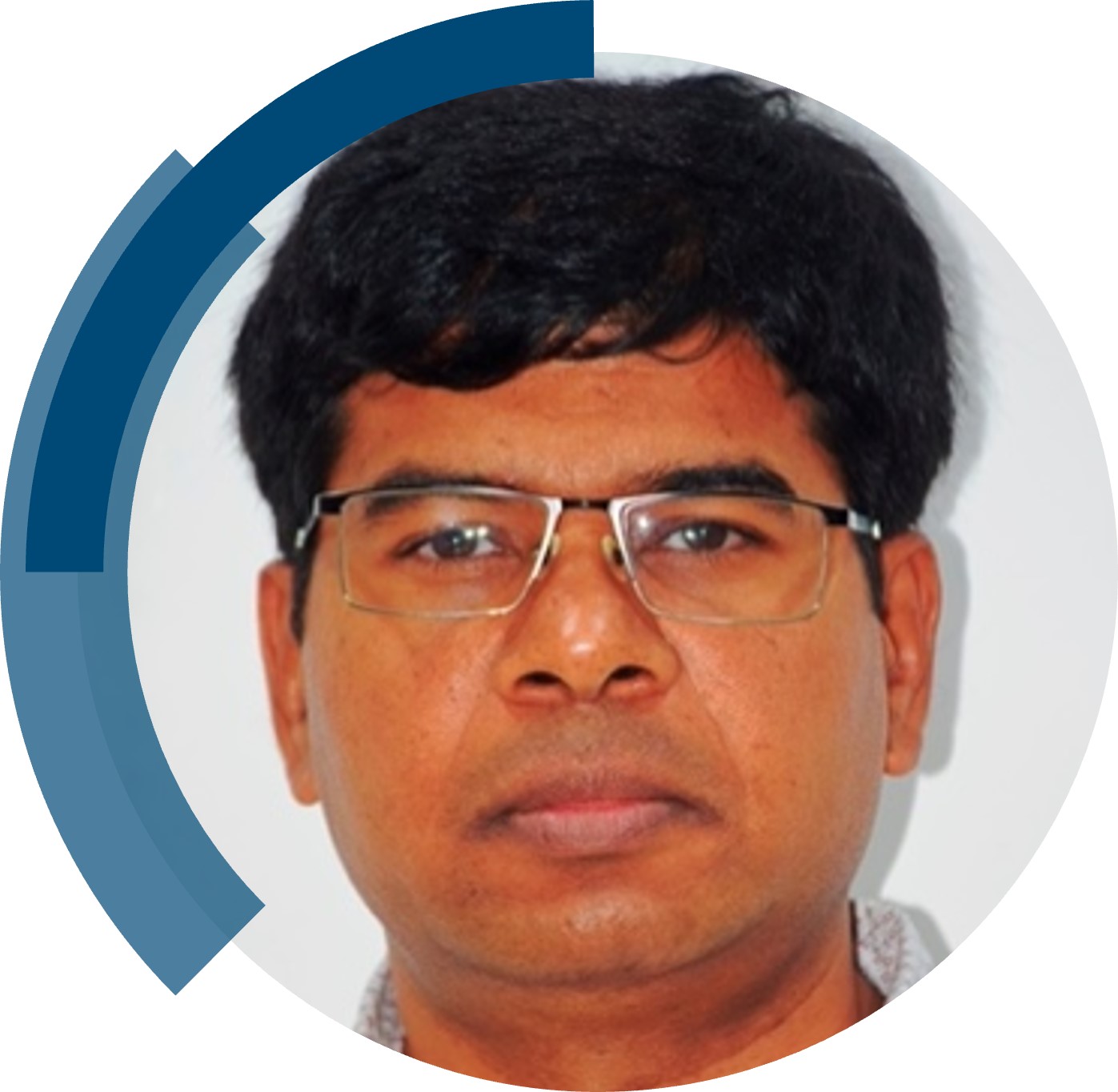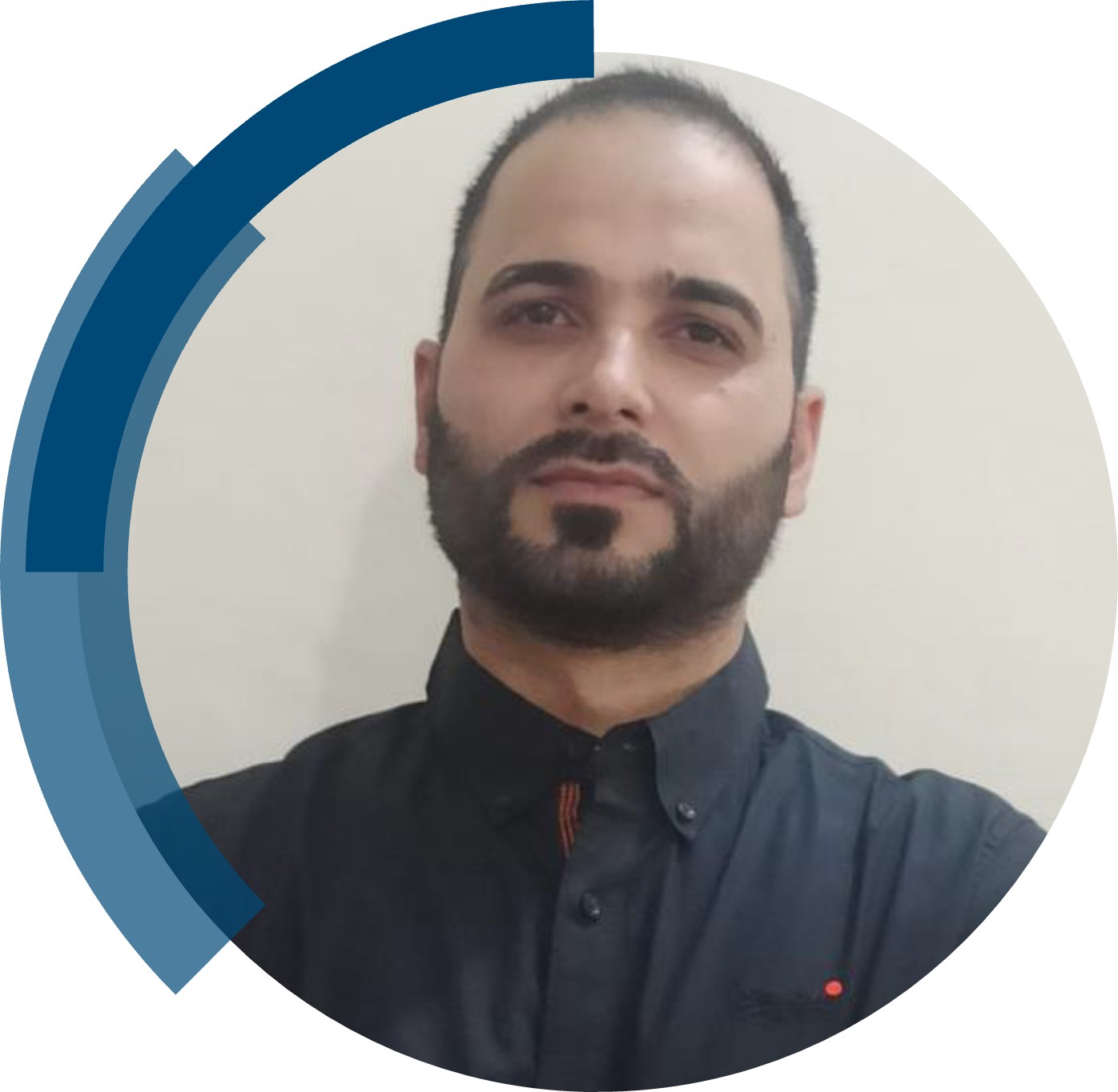We are excited to share the success of Kate Marczenko’s first-time independent article in ChemComm; “Polymorph driven diversification of photosalient responses in a zinc(ii) coordination complex” included in the full milestones collection.
Read our interview with Kate below.
What are the main areas of research in your lab and what motivated you to take this direction?
We are very interested in exploiting intra- and inter-molecular design strategies for imparting stability, unusual reactivity, and/or targeted responses in molecular crystals. This direction is largely built from my continuing interest in crystallography and structure-property relationships. Crystal structures contain a wealth of information that can reveal unique insights into the behavior and applications of crystalline materials. By understanding these structures, we can tailor their performance in various applications, such as stimuli-responsive materials, energy conversion, and sensing technologies. Our research aims to utilize these structure-property relationships to develop innovative crystalline materials.
Can you set this article in a wider context?
Light-responsive materials have gained significant attention in materials science due to their dynamic properties under light stimuli. They are valuable for diverse applications such as energy storage, biomaterials, sensing, and actuation. Recent studies have focused on tailoring the actuating properties of functional molecular crystals to regulate dynamic properties, including the Photosalient Effect (PSE). The PSE results from sudden and rapid observable actuation of crystalline materials in response to light. The degree, or magnitude, of the PSE is closely related to structural transformations during the photochemical reaction. However, details pertaining to these transformations are difficult to ascertain due to significant disintegration of the material and loss of crystallinity accompanying the PSE.
This article presents a novel phase of a Zn(II) coordination complex that undergoes a photochemical [2+2] cycloaddition reaction via one of its 1-(4-naphthylvinyl)pyridine ligands in the solid state. This transformation is accompanied by (i) a moderate photosalient effect and (ii) a single-crystal to single-crystal transition, allowing for continuous monitoring of the unit-cell parameters and therefore internal crystalline strain. Our novel form highlights the importance of structure-property relationships and serves as a bridge in understanding the diversification of photo-mechanical responses among polymorphs of the same compound. This work highlights the role of polymorphs in fine-tuning the magnitude of the PSE and challenges previous notions about the necessity of substantial anisotropic changes for observable photomechanical effects.
What do you hope your lab can achieve in the coming year?
The next year will be very exciting for me professionally and personally! I am expecting my first child and will be taking some time off for parental leave. I hope this inspires people in STEM to continuously reach for fulfillment in all aspects of their life (whatever that may look like!). I also hope my lab can continue to find excitement and make strides in understanding and manipulating crystal structures to unlock new functionalities and applications.
Describe your journey to becoming an independent researcher.
I obtained my B.Sc. in Chemistry from the University of Guelph (2016) and a M.Sc. in Inorganic Chemistry from McMaster University (2018). My Master’s research focused on transforming shock-sensitive xenon oxides to shock-insensitive materials. In 2018, I moved to Atlantic Canada to complete my Ph.D. in Inorganic Chemistry at Dalhousie University (2021). My Ph.D. research examined the chemistry of heavy Group 15 amides. In 2021, I returned to the University of Guelph as a Crystallographer and Instructor. I started my independent career at Carleton University (Ottawa, ON) a little less than 2 years later, on June 1, 2023.
What is the best piece of advice you have ever been given?
Ironically, the best advice I’ve ever gotten is to not take every piece of advice I hear. Instead, I should pick and choose what works for me. By doing this, I’ve found that I can carve out my own path, using the advice that really fits with my own experiences and goals.
Why did you choose to publish in ChemComm?
I chose to publish in ChemComm because it is an internationally recognized journal with a strong reputation within the field of chemistry. Its broad readership ensures that our research reaches a diverse and influential audience, which we hope will promote new collaborations.
Explore more ChemComm Milestones news and updates on our X Feed (@ChemCommun) and LinkedIn (ChemComm Journal)























